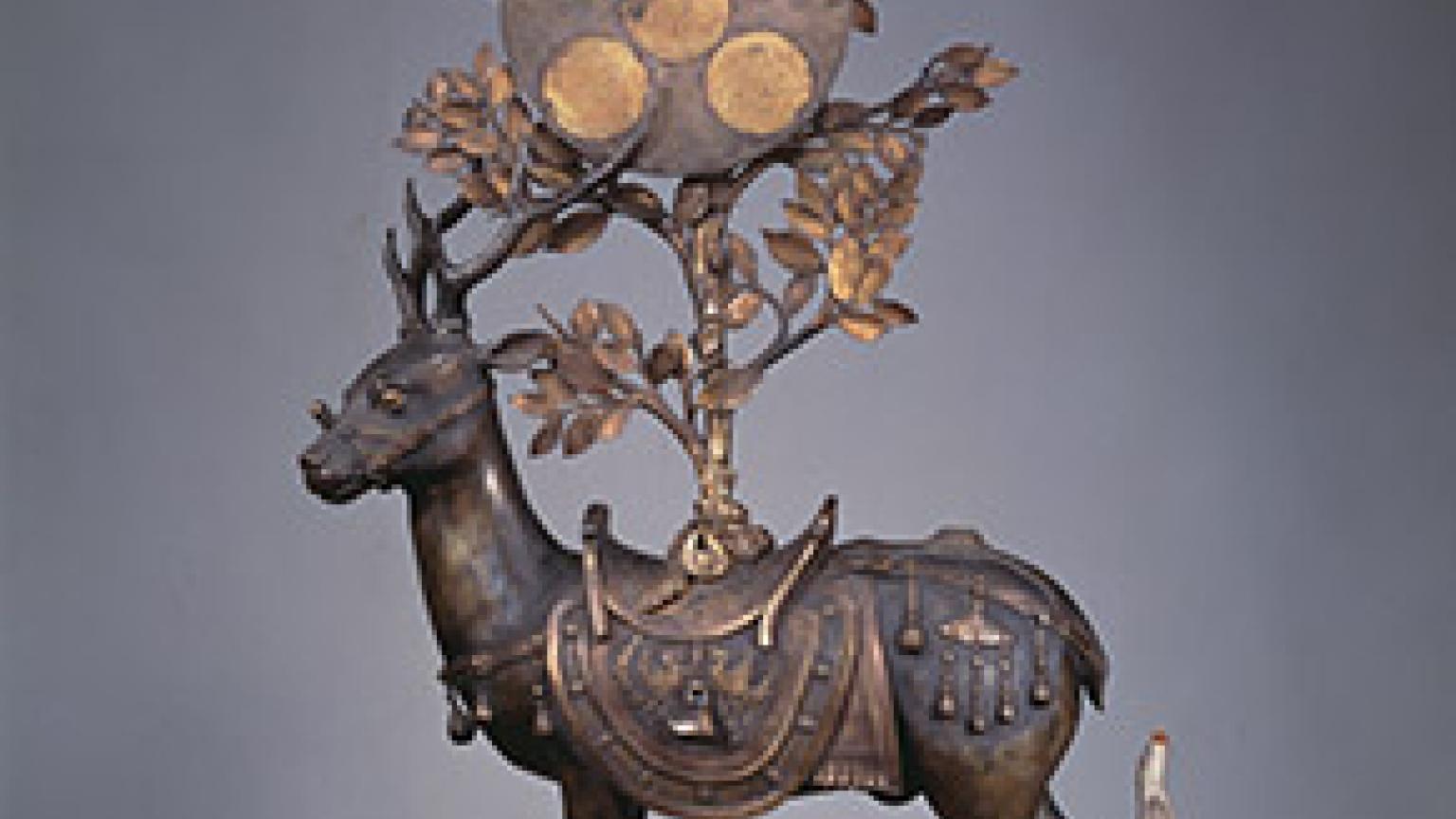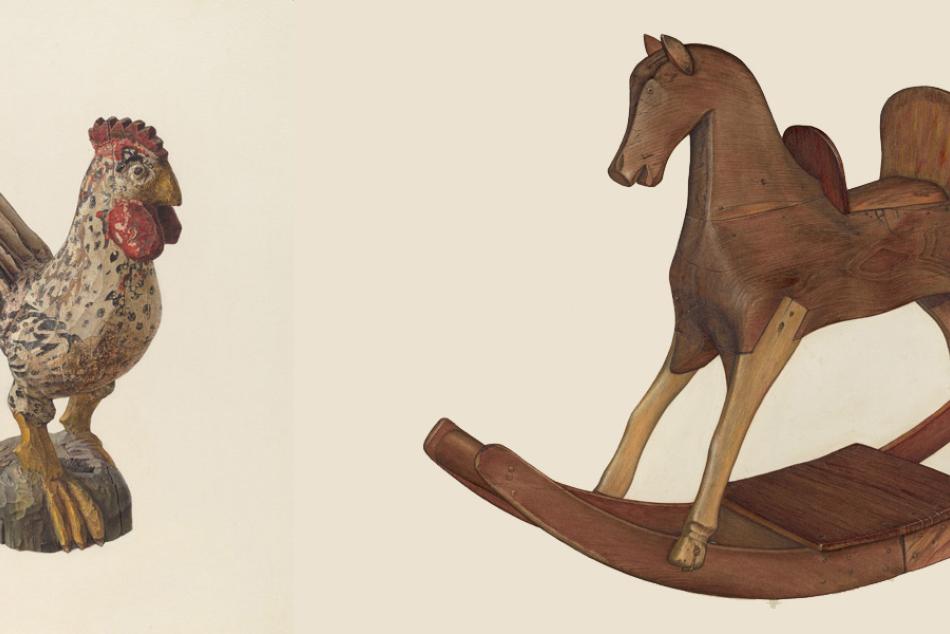Past Exhibition
The Life of Animals in Japanese Art

Details

Artworks representing animals—real or imaginary, religious or secular—span the full breadth and splendor of Japanese artistic production. As the first exhibition devoted to the subject, The Life of Animals in Japanese Art covers 17 centuries (from the fifth century to the present day) and a wide variety of media—sculpture, painting, lacquerwork, ceramics, metalwork, textile, and the woodblock print. A selection of some 300 works, drawn from Japanese and American public and private collections, includes seven that are designated as Important Cultural Property by the Japanese government. The artists represented range from Sesson Shūkei, Itō Jakuchū, Soga Shōhaku, Katsushika Hokusai, Utagawa Kuniyoshi, to Okamoto Tarō, Kusama Yayoi, Issey Miyake, Nara Yoshitomo, and Murakami Takashi.
Covering 18,000 square feet in the East Building Concourse, the exhibition is organized into thematic sections that explore the various roles animals have played in the art of Japan. A fully illustrated catalog is published in association with Princeton University Press.
The exhibition is curated by Robert T. Singer, curator and department head, Japanese art, LACMA, and Masatomo Kawai, director, Chiba City Museum of Art, in consultation with a team of esteemed of Japanese art historians.
Organization: The exhibition is coorganized by the National Gallery of Art, Washington, The Japan Foundation, and the Los Angeles County Museum of Art, with special cooperation from the Tokyo National Museum
Sponsors: The exhibition is made possible through the generous support of the E. Rhodes and Leona B. Carpenter Foundation.
The Robert and Mercedes Eichholz Foundation also kindly provided a leadership gift for this exhibition.
Additional funding is provided by The Exhibition Circle of the National Gallery of Art and the Annenberg Fund for the International Exchange of Art.
Additional support is provided by All Nippon Airways (ANA).
The exhibition is supported by an indemnity from the Federal Council on the Arts and the Humanities
The exhibition is part of Japan 2019, an initiative to promote Japanese culture in the United States.
Attendance: 86,674
Catalog: The Life of Animals in Japanese Art. Edited by Robert T. Singer and Kawai Masatomo. Washington, D.C.: National Gallery of Art; Princeton and Oxford: Princeton University Press, 2019.
Other venues: Los Angeles County Museum of Art, September 22–December 8, 2019




